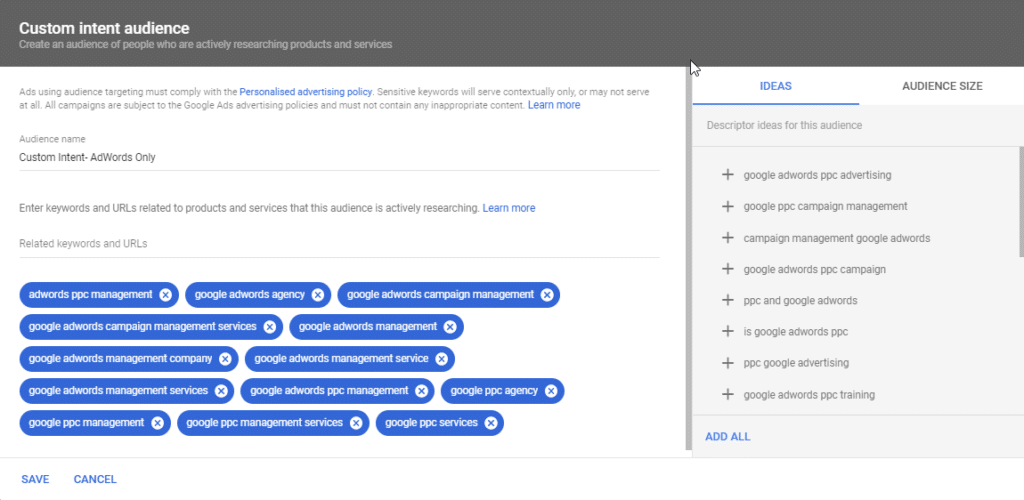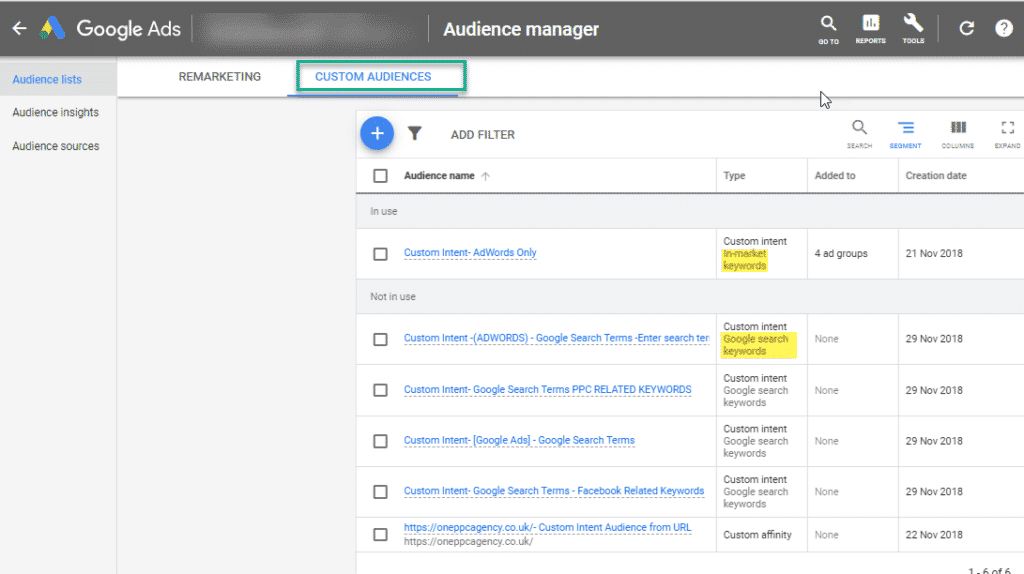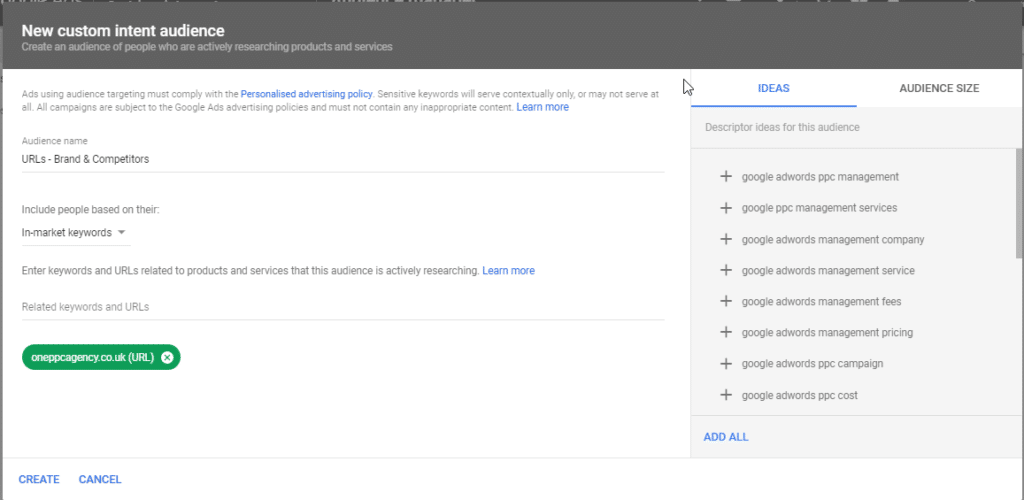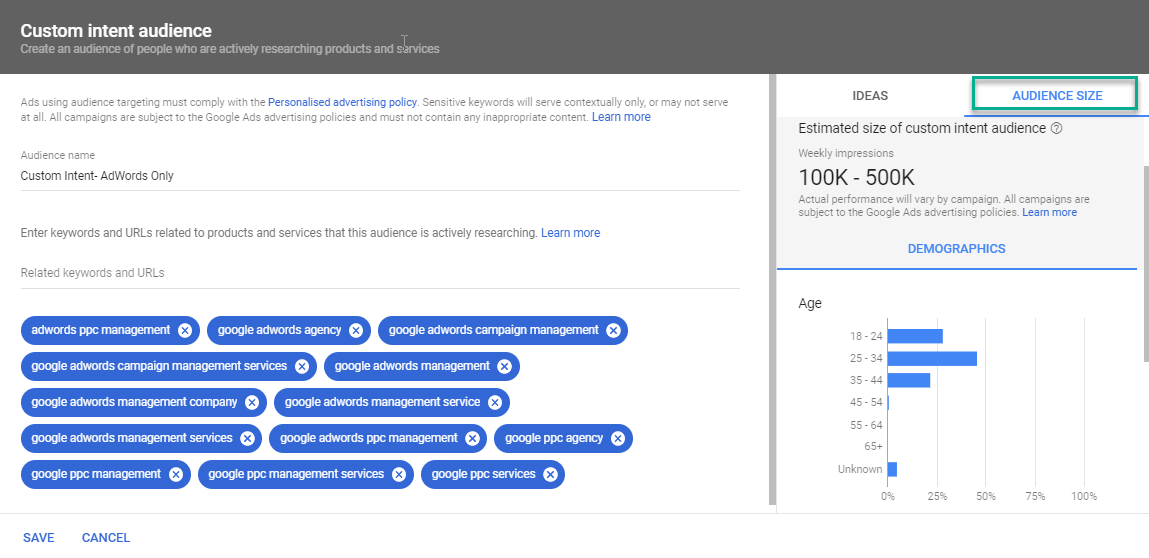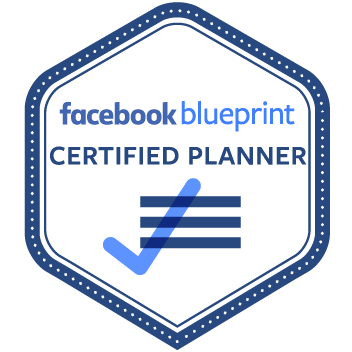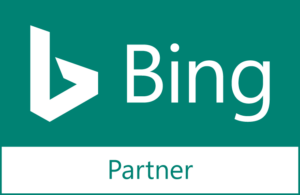Marketing is a dog-eat-dog world and you need a way to stand out from the crowd. Thankfully, custom intent audiences are the perfect way to reach a specific audience when it comes to your display marketing.
So, what is a custom intent audience, how does it work, and why do you need to include it in your plan? Here’s a breakdown of everything you need to know about them and how they can help you in your journey for success.

What are Custom Intent Audiences?
The answer is a group of people or an “audience” that are actively searching in Google or displaying in-market behaviour across the Display market, with interests in the type of products or services your offer. The demographics you target alone might convert well, but custom intent audiences give you the chance to influence their buying funnel during the consideration phase. As a result of not having to sift through products and services that don’t appeal, they increase the odds of grabbing the audience’s consideration. Custom intent are mid-funnel audience targeting on the Display, with more options for lower funnel on YouTube.
There are 2 types of Custom Intent Audiences, namely: Custom intent – Google search keywords and Custom intent – In-market keywords. The Google Search keywords are currently available as a targeting option on YouTube, where as in-market keywords can be also be used for the Display (GDN Network).
What You Need
There are a few essentials you need to invest in before you begin, and the main ones are the most relevant keywords, and website url to your business. Basic tips for keyword building will help if you are unsure where or how to start.
Without choosing the most relevant targeting, it’s tough to tailor a display campaign to a particular group, which is why you MUST create a list of the most effective ones. A few Quality keywords can be as effective as over 15 mediocre ones. Google recommend starting with at least 50 of your top keywords, but you can also test smaller more tightly themed ad groups depending on the options you have.
How They Work
Custom intent audiences take the keywords and website address urls you enter and suggests related ideas. The YouTube option takes users’ recent search entries to help make a new segment.
You get the choice to let Google automate the custom audiences or you can do it yourself manually. To do this, you should can use URLs and apps that relate to your product in addition to keywords.
Manually created custom intent audience can be tested against the automated function on Google. The automated created audiences are also useful for beginners and novices to get started. Why? It’s not because Google does the hard work – they also show you the keywords they base the audiences on so that you can learn the art of segmenting.
How To Setup Auto Custom Intent Audiences
The easiest option is an automated custom intent audience, so let’s look at how to set one up.
Go to your Google Ads account and choose the campaign you want to influence with custom intent audiences. Next, click on the pencil icon and “Edit Audiences.” There will be a “Select an Ad Group” button – click on it and choose the “Custom Intent Audiences” option. From there, all you have to do is pick the audiences you want to add to the campaign and save your preferences. It couldn’t be easier.
How To Setup Manual Custom Intent Audiences
To create your own, follow the auto guide up until the “Select an Ad Group” phase. With custom audiences, you need to select the “Audiences” option next and then click on the “In-market and Custom Intent” button to take you to the “New Custom Intent Audience” section. After choosing the blue icon, it’s down to you to create a name and add any applicable websites and keywords.
Don’t worry if you need inspiration because there is an “Ideas” option that offers suggestions. It also provides info on the reach of your custom intent audiences.
Best Practices
Remember, there are 2 types of Custom audiences, Custom Intent- Google search keywords and Custom intent In-market keywords. Understanding what they are and how to use them is the first step. The next piece of the puzzle is to get custom intent audiences to work effectively, which is where tips on custom intent audiences come into play. Here are some of the most effective for your information.
Go Narrow to Start
Audiences are positive because they are flexible; you can make them broad or specific. It depends on how various factors what works best such as the size of your audience, budget, how much conversion data, or using automatic or manual bidding and more. However, a good starting point are narrow segments to make a hypothesis on what are the highest performing audiences . As long as they are more relevant, they will outshine the widest net you can cast, which is why it’s important to be precise. To do it, produce a custom intent audience and a custom infinity audience. And, once you track how well they perform, create a new one to tailor it to the customer further by layering other targeting options upon the original audience.
Step Into The Customers’ Shoes
Because keywords are crucial, it’s vital to think about your audiences’ preferences. Once you understand what sites they are visiting and videos they are watching, you can rethink your phrases and put your best foot forward. For Google Search Keywords, think about how people are searching in Google – or if you use Search campaigns already – use your proven top performing keywords to build your custom intent audiences.
Play Around / Testing Hypothesis
The truth is people are unpredictable and often change their minds, so it can be tough to pick the right keywords. By playing around with them, you can find the right combination that appeals to your base and, therefore, creates the most effective audiences. A good tip is to use branded words and phrases and test against more generic terms to see how they perform. Then, throw in URLs from your site and then move on to your competitors’, combining them until you strike gold.
Exploit Your Rivals
Speaking of the businesses trying to absorb your market share, you can use their momentum against them by creating competitor-oriented custom intent audiences. The trick is to create one based on your rivals’ sites as the people viewing their content will be automatically interested in yours.
Conclusion
While custom intent audiences are relatively new, there is no doubt they are popular right now. With the help of Google’s powerful AI and the ability to target specific groups, there is less chance of waste. And, that means maximising your time, energy and money.

